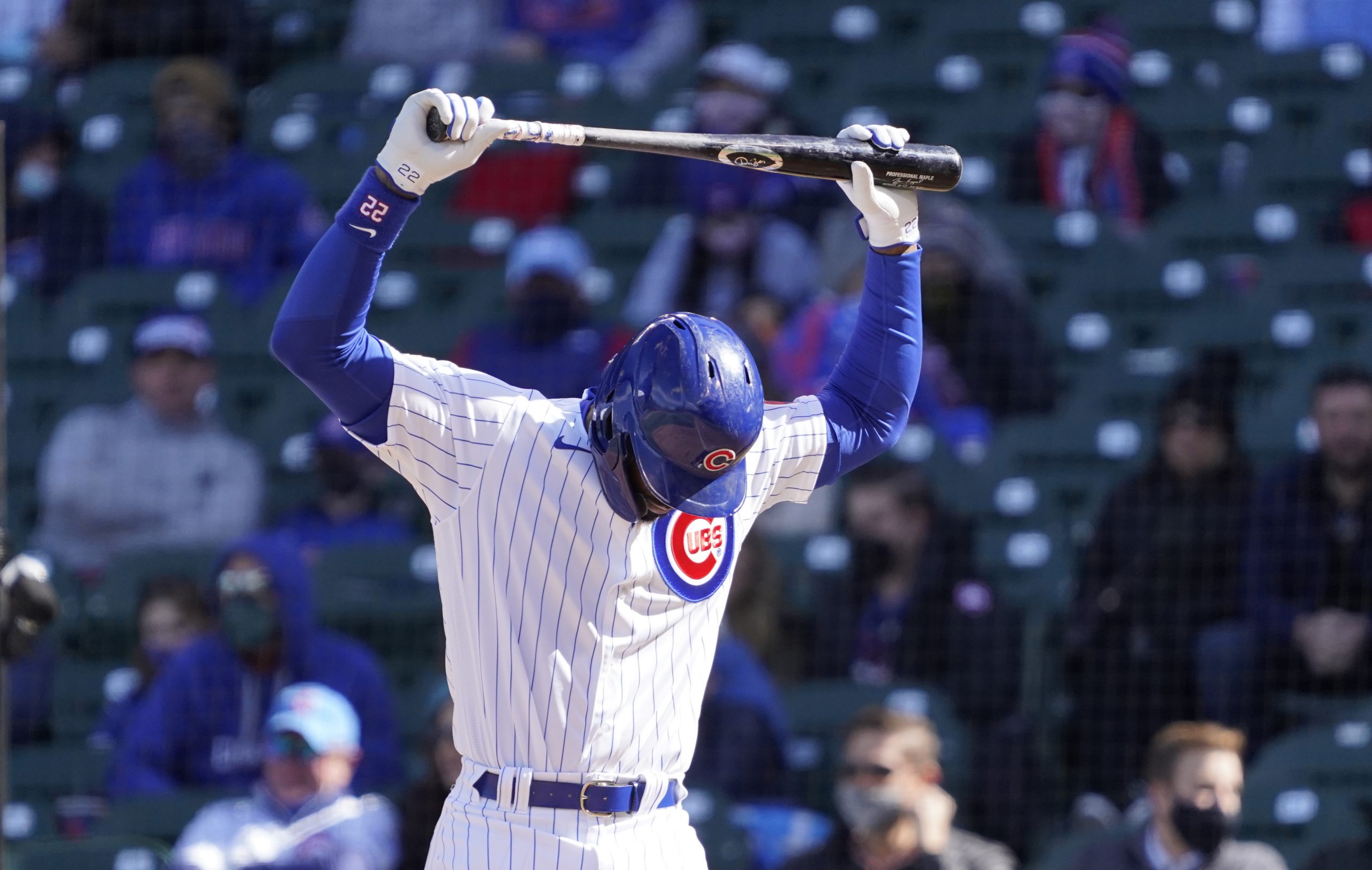
David Banks/USA TODAY Sports
For decades, one of the most commonly cited statistics in baseball has been the batting average, commonly abbreviated as AVG.
Hits offer the biggest moments of excitement in most games, so it’s only natural that the ability to make contact with a pitch has been a big factor in how a player ranks in their league.
Unfortunately, the MLB has seen a dip in batting averages in recent years.
The league-wide average for AVG has generally been around .250. But recently, those numbers have been dropping, and there’s even been an increase in no-hitters.
Are players focusing less on batting skills? Are pitchers simply getting better? Find out what’s behind this surprising trend in baseball stats.
Batting average definition
Not sure exactly what AVG is? Here’s a closer look at how it works.
A player’s batting average is the number of hits (H) they make divided by their number of at bats (AB), creating an equation that looks like this:
AVG = H/AB
Based on this calculation, a batting average will be a number from .000 (never getting a hit while at bat) to 1.000 (getting a hit in every single at bat).
In baseball coverage, you’ll often hear people express an AVG without the decimal point. For example, “he’s batting 300” means that a player has an AVG of .300.
Batting average doesn’t include any times a batter gets on base for walks or hit-by-pitches. In addition, different types of hits are not weighted, so a single has the same value as a home run.
Generally, a batting average of .300 or above is considered to be a sign of an excellent batter.
Current AVG in the MLB
The MLB’s batting average across the entire league is experiencing a significant dip at the moment.
At just .236, it’s well below the normal range of about .250 to .275 and the lowest point league-wide AVG since 1968.
This number represents a huge drop compared to recent years. The league-wide AVG was .245 in 2020 and .252 in 2019.
And that’s not the only batting-related stat that’s experiencing a startling shift.
The MLB’s average on-base plus slugging percentage (OPS) so far this year is just .702 (compared to .740 in 2020 and .758 in 2019).
At the same time, strikeout rates have been trending upward for a number of years and are currently outpacing hits.
No hitters also appear to be on the rise. We’ve already seen five no-hitters this season, along with an “almost” no-hitter by Madison Bumgarner—and that’s just in the last six weeks.
Stats like these have many players and fans wondering what’s behind such a stark drop in hits.
Cold weather and other contributing factors
One of the first reasons you’ll hear for lower AVGs early in the season is the weather.
It’s true that temperatures can have an effect on hits. Games on warmer days tend have more runs, and baseballs travel shorter distances when hit in colder weather.
But even when compared to other early season stats, this year looks particularly grim in terms of AVG.
https://twitter.com/lindseyadler/status/1387125811422109696
There’s also a new baseball design being used for the first time this season that’s actually intended to deaden the ball a bit in an effort to keep home run rates more consistent.
But those factors alone don’t tell the whole story when it comes to plummeting batting averages.
Baseball’s defensive takeover
What’s really behind the drop in MLB-wide AVG is the differences in defensive strategy.
More teams have started to place an added emphasis on defense, and it shows.
For one, they’re tailoring how they defend against each batter. Players used strategic infield positioning for plate appearances 20% of the time in 2015. In 2021, that happens 40% of the time.
Pitchers are throwing faster, too, with the average four-seam fastball velocity increasing from 92.9 MPH in 2015 to 93.5 MPH this year.
There are also more strikeouts, with an average of 9.06 per team per game. That statistic is especially telling considering that it’s increased nearly every year for the past two decades.
Will batters make a comeback?
It’s still early in the 2021 season, so only time will tell if batters are able to push the MLB-wide AVG up. Baseball fans certainly miss the excitement of more frequent hits, but these shifts in stats have also provided an opportunity to showcase the abilities of many MLB teams’ pitching abilities and defensive skills.